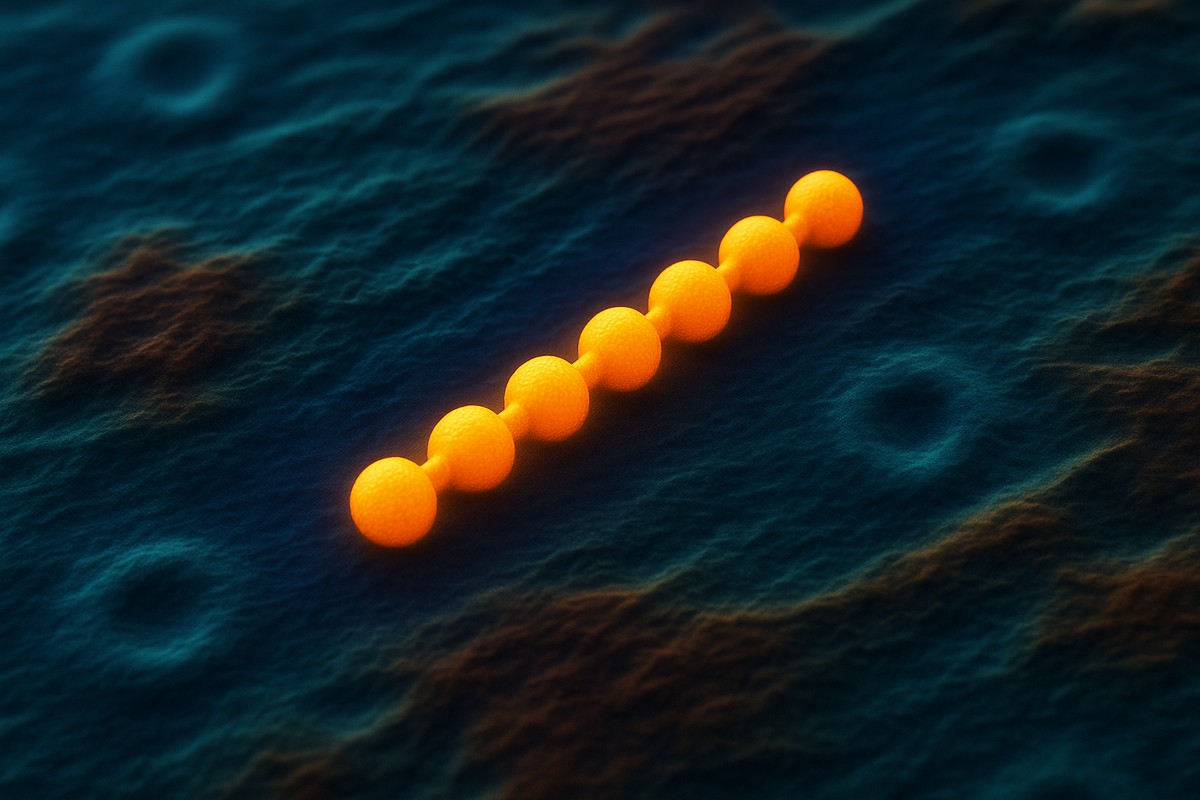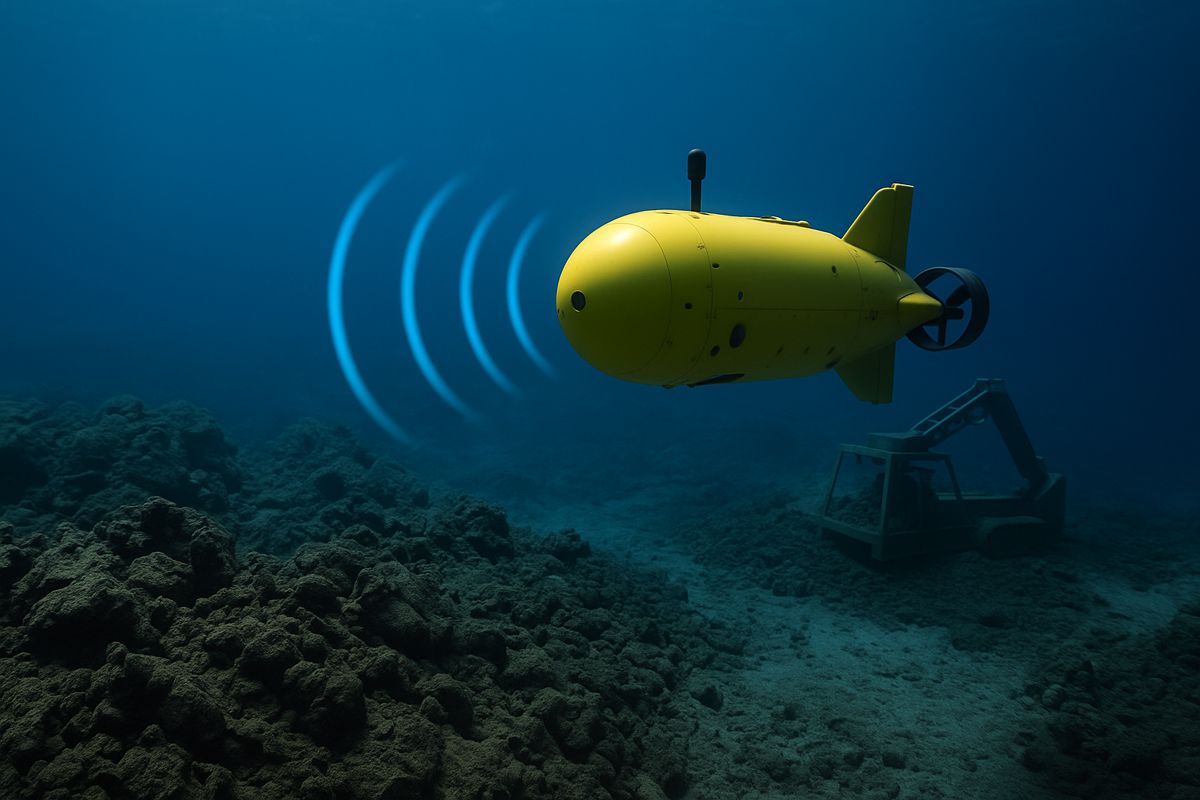Generating Electricity from Seawater with KIMM Revolutionary Technology
In a breakthrough that could redefine the future of clean energy, the Korea Institute of Machinery and Materials (KIMM) has developed a revolutionary technology that generates electricity directly from seawater.
This innovative energy harvester leverages the natural movement of sodium ions within seawater, offering a sustainable, self-charging power source that could be a game-changer in various sectors, including environmental monitoring and eco-friendly energy solutions.
A New Era of Eco-Friendly Energy Harvesting
The research team at KIMM, led by Principal Researcher Seungmin Hyun and Senior Researcher Hye-Mi So, in collaboration with Professor Soo-Hwan Jeong from Kyungpook National University, has introduced an energy harvester that marks a significant step forward in water-based energy technologies. Unlike conventional energy harvesters that rely on external power sources or are limited by low energy conversion efficiencies, KIMM’s harvester operates independently, continuously generating power by exploiting the movement of ions in seawater.
The core of this technology is its use of multi-walled carbon nanotubes and graphene oxide films as the cathode and anode, respectively. These advanced materials, combined with seawater as the electrolyte, create a unique environment where cations gather closer to the anode, which has a higher oxygen functional group content, resulting in a potential difference. This innovative design allows the harvester to generate a consistent flow of electricity without the need for external energy inputs.
Principal Researcher Seungmin Hyun, explains: “The newly developed technology is an eco-friendly energy harvesting solution that allows continuous self-charging and can be used without external energy. It is expected to be utilised as an energy source to operate sensors and devices in environments where monitoring environmental factors, such as temperature and dissolved oxygen in the ocean, is required.”
From Seawater to Sustainable Power
The concept behind KIMM’s energy harvester is simple yet ground-breaking. By tapping into the natural electrochemical properties of seawater, this device can convert the kinetic energy of ion movement into usable electrical power. The unique arrangement of carbon nanotubes and graphene oxide films enhances the efficiency of this process, allowing the harvester to maintain a steady voltage output even after repeated use.
Unlike traditional water-based energy harvesters, which often require a constant external energy source to keep the water moving, KIMM’s solution boasts the ability to restore its initial open circuit voltage without any outside intervention. This self-sustaining capability means the harvester can continuously power small devices such as sensors, calculators, and even watches, making it ideal for use in remote or hard-to-reach locations where retrieving or maintaining equipment is impractical.
The harvester’s power density stands at an impressive 24.6 mW/cm³, which is about 4.2 times higher than conventional water-based generators made from ionic hydrogels. This enhancement means that KIMM’s technology not only provides more power but does so with greater reliability and longevity, positioning it as a superior alternative in the field of sustainable energy generation.
Addressing the Challenges of Conventional Energy Harvesters
Conventional energy harvesters, particularly those relying on water-based systems, often struggle with low efficiency and a dependence on external forces to maintain functionality. These limitations have historically restricted their use, particularly in environments like the ocean, where access and maintenance can be challenging.
KIMM’s new energy harvester overcomes these barriers through a novel approach that combines cutting-edge materials science with practical design. By using carbon nanotubes and graphene oxide films, the device not only maximises energy output but also ensures resilience against environmental factors that typically hinder performance. The harvester’s ability to function independently of external energy sources is a key differentiator, making it an ideal choice for continuous, long-term applications in marine and other aqueous environments.
Dr. Hyun’s research team has demonstrated that expanding the surface area or connecting multiple harvesters can significantly increase the amount of electricity generated. This scalability offers immense potential for powering larger systems or integrating the technology into existing infrastructure, further broadening its scope of application.
Applications and Future Potential
The implications of KIMM’s seawater energy harvester are vast. From powering environmental sensors that monitor oceanic conditions to supporting low-power electronic devices in remote areas, this technology offers a versatile and sustainable energy solution. It could play a pivotal role in efforts to monitor critical environmental factors like temperature, dissolved oxygen, and nitrogen levels in marine ecosystems, providing valuable data for conservation and research initiatives.
Moreover, the harvester’s ability to function in challenging environments opens the door to new applications in industries ranging from maritime security to offshore energy production. Its compact size, combined with its high power density, makes it a perfect fit for use in devices where traditional power sources are either impractical or impossible.
Supported by Robust Research and Collaboration
This ground-breaking work is backed by extensive research and collaboration between KIMM and Kyungpook National University, supported by funding from the Ministry of Science and ICT through the National Research Foundation of Korea (NRF). The project, which focuses on developing eco-friendly battery modules and evaluating the disposability of integrated systems, highlights KIMM’s commitment to advancing sustainable technology.
The findings of the research have been published in the “Chemical Engineering Journal,” a leading publication in the field of chemical engineering, underscoring the significance of the harvester’s design and its potential impact on future energy technologies.
KIMM, established in 1976, has long been at the forefront of machinery and materials research, contributing to South Korea’s economic growth through innovation and technology development. The institute’s latest venture into seawater-based energy harvesting continues this legacy, pushing the boundaries of what’s possible in the quest for cleaner, more sustainable energy sources.
A Vision for Sustainable Energy
KIMM’s seawater-based energy harvester represents more than just a technological advancement—it’s a glimpse into a future where clean, sustainable energy can be generated from resources readily available in our environment. As industries worldwide strive to reduce their carbon footprints and embrace eco-friendly alternatives, innovations like this offer a tangible path forward.
By harnessing the natural properties of seawater, KIMM is not only addressing current energy challenges but also paving the way for new possibilities in how we power our world. With continued research and development, the potential applications of this technology are boundless, promising a future where energy is not just sustainable but also seamlessly integrated into the fabric of our daily lives.




















